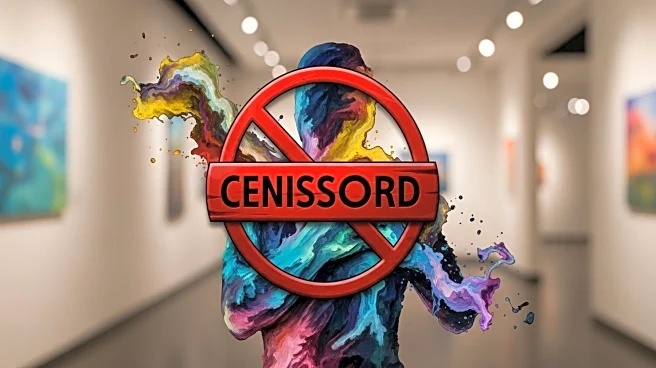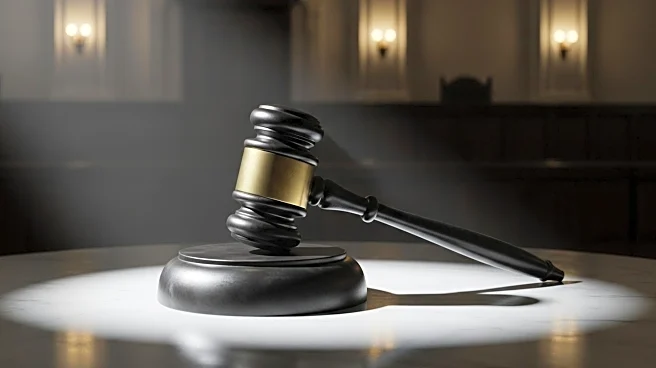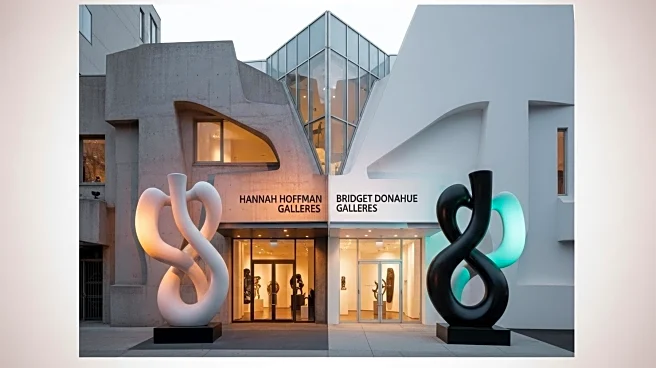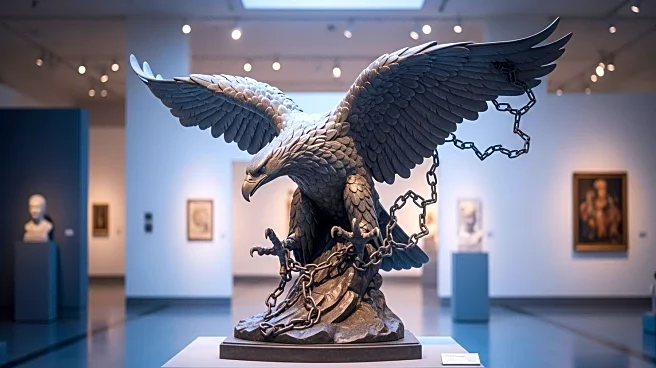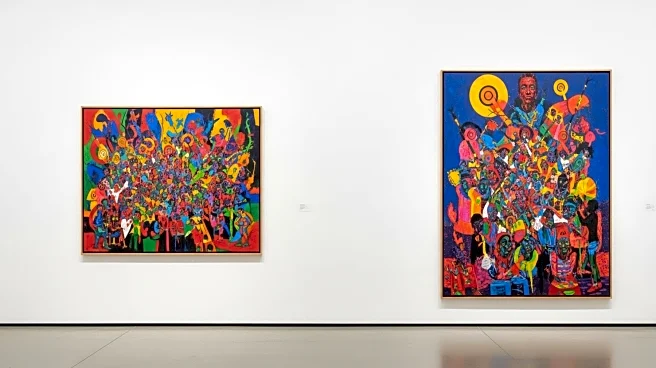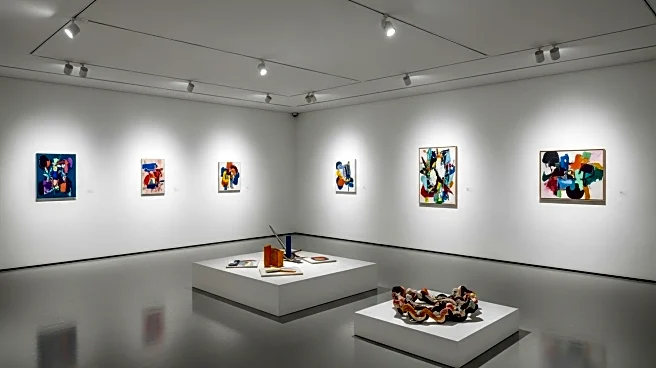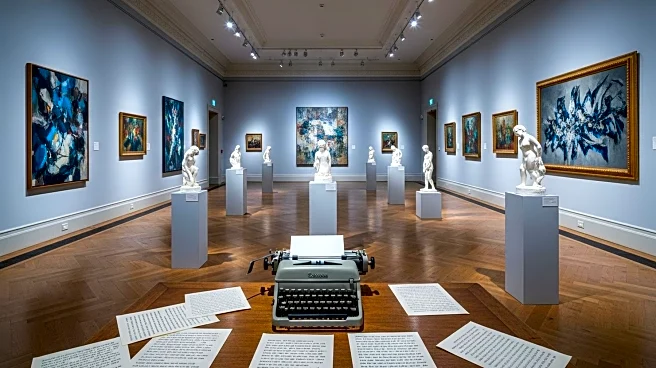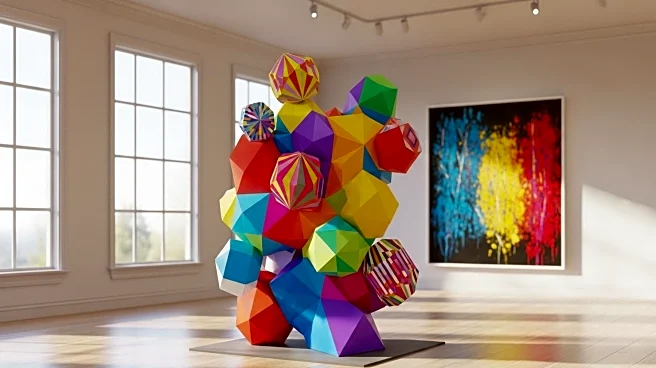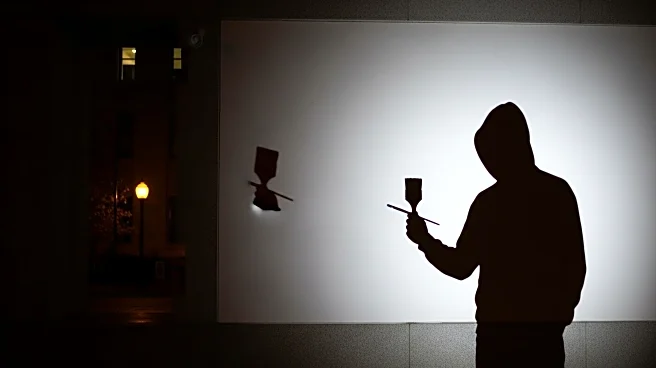What is the story about?
What's Happening?
Artist Nicholas Galanin has decided to withdraw from a symposium associated with the Smithsonian American Art Museum exhibition, citing concerns over censorship. The exhibition, titled 'The Shape of Power: Stories of Race and American Sculpture,' was previously criticized by President Trump in an executive order, which accused the Smithsonian's museums of promoting a divisive, race-centered ideology. Galanin was scheduled to speak at the symposium, which is not publicly listed on the Smithsonian's website, alongside other notable figures such as curator Hamza Walker and artists Titus Kaphar and Miguel Luciano. Galanin expressed his discontent on Instagram, stating that the decision to make the symposium a private event and restrict recording or sharing on social media amounted to censorship. The Smithsonian American Art Museum spokesperson refuted the censorship claims, explaining that the decision was made because not all participants consented to being recorded.
Why It's Important?
The withdrawal of Nicholas Galanin from the Smithsonian symposium highlights ongoing tensions between artists and institutions over issues of censorship and representation. This incident underscores the broader debate about how race and power are addressed in public exhibitions, particularly in light of President Trump's executive order criticizing the Smithsonian's approach. The situation raises questions about the role of museums and public institutions in fostering open dialogue and challenging historical narratives. Galanin's decision to withdraw may influence other artists and participants to reconsider their involvement in similar events, potentially impacting the future of such exhibitions and discussions.
What's Next?
The Smithsonian American Art Museum may face increased scrutiny and pressure to address concerns about censorship and transparency in its programming. As the symposium proceeds without Galanin, other participants may choose to voice their opinions on the matter, potentially leading to further public discourse. The museum might consider revising its policies on recording and sharing event content to accommodate diverse perspectives and ensure inclusivity. Additionally, the broader art community may engage in discussions about the implications of government influence on artistic expression and the importance of maintaining spaces for critical dialogue.
Beyond the Headlines
This incident reflects deeper cultural and ethical considerations regarding the intersection of art, politics, and public institutions. The debate over censorship and representation in art exhibitions is part of a larger conversation about how societies confront and reconcile historical injustices and power dynamics. The Smithsonian's handling of this situation could set a precedent for how similar institutions navigate the complexities of artistic freedom and political influence. As artists and curators continue to challenge dominant narratives, the role of museums as spaces for critical engagement and education becomes increasingly significant.
AI Generated Content
Do you find this article useful?
